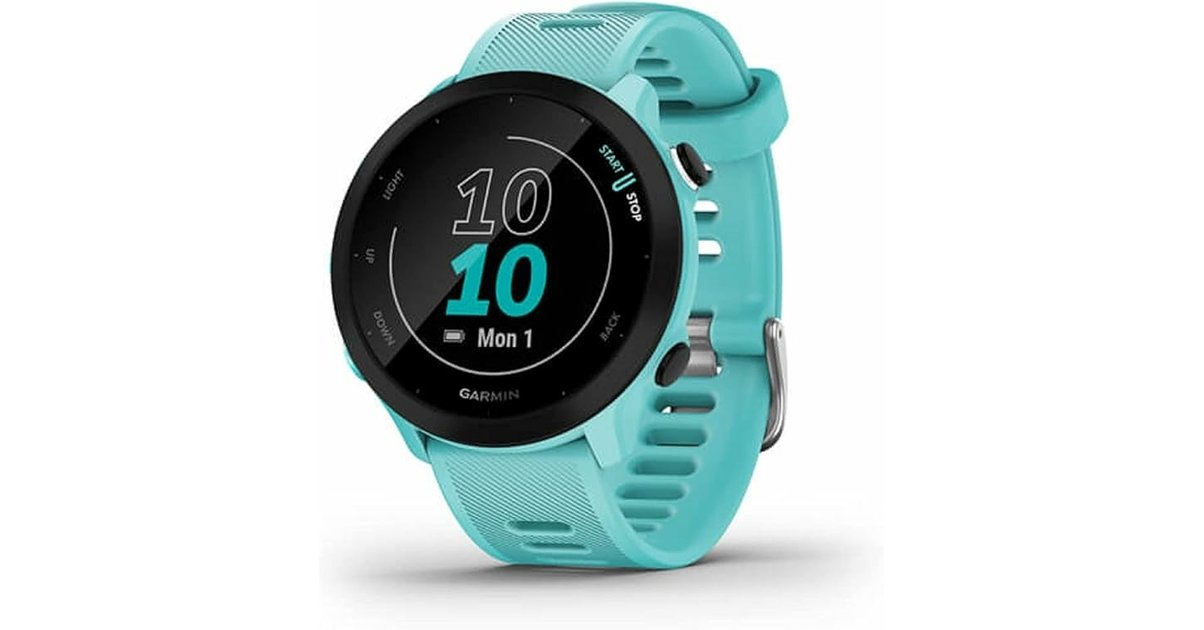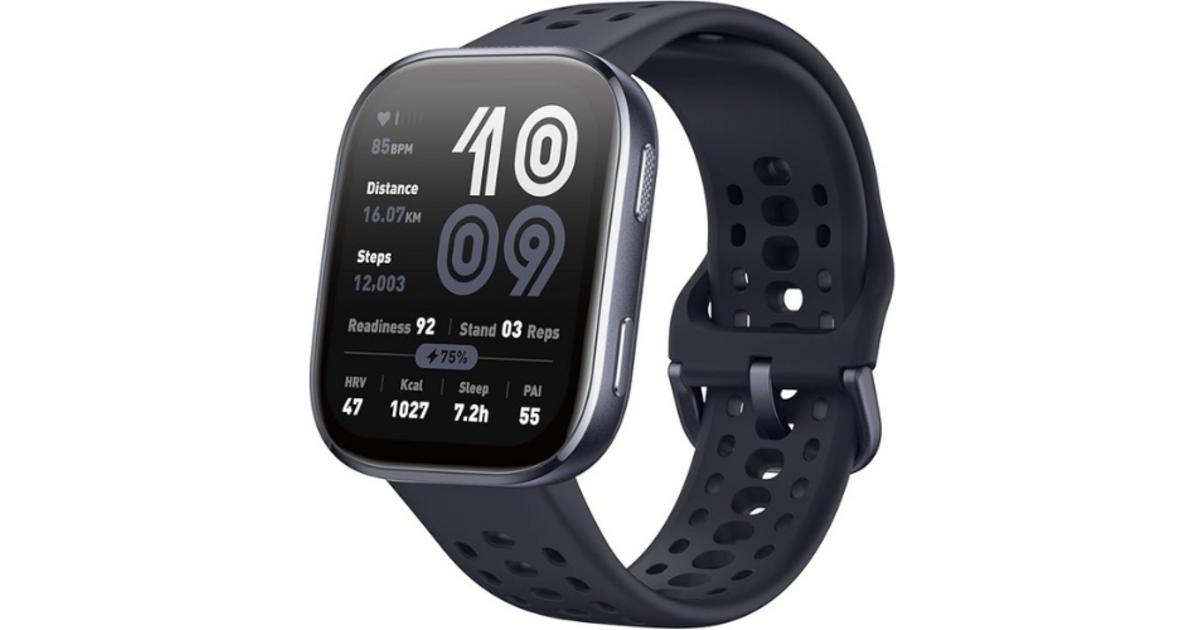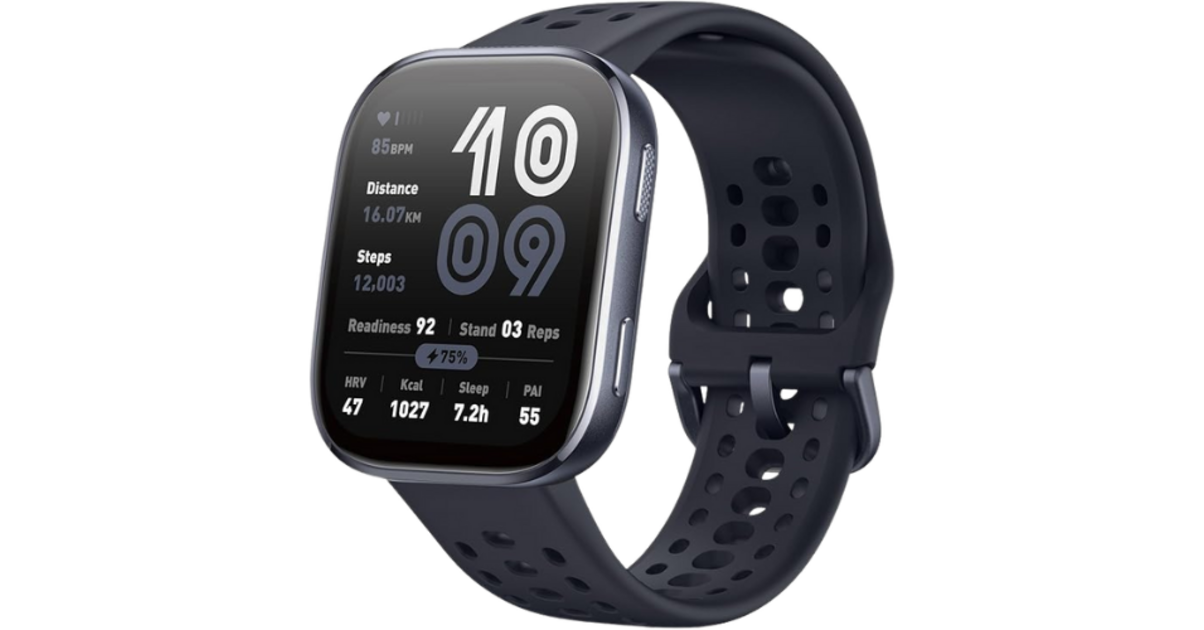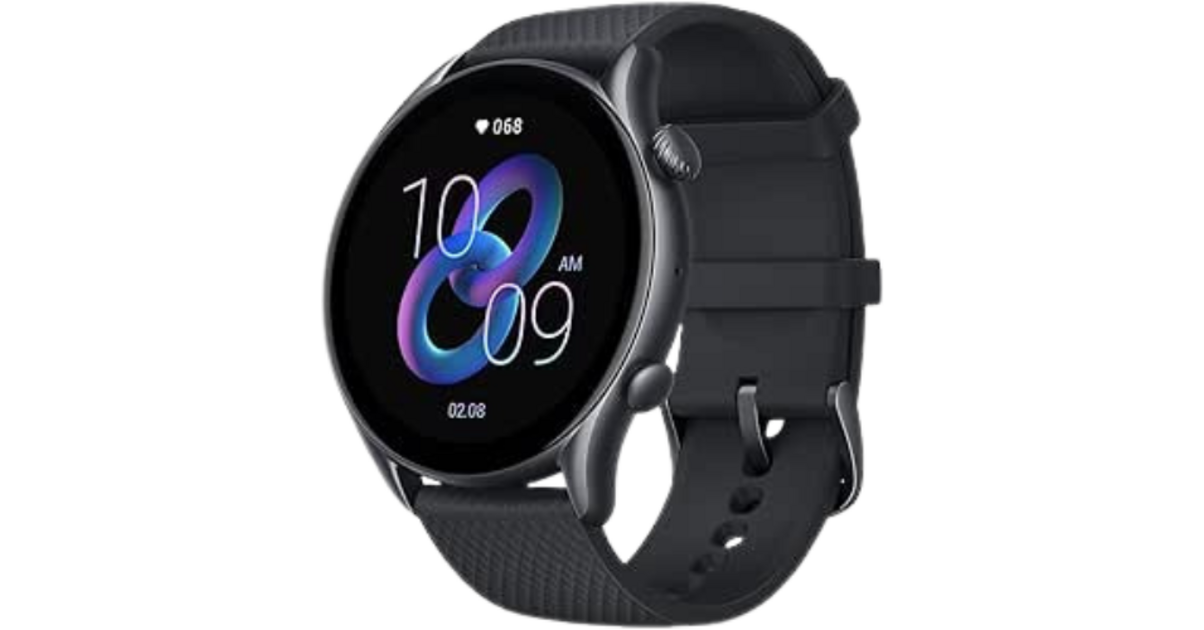Table of Contents
| Criteria | Forerunner 55 | Forerunner 165 |
|---|---|---|
| Screen | MIP 1.04″, 208×208 | 1.2″ AMOLED, ~390×390, touch |
| Baro altimeter | No | Yes |
| Wrist cardio | Previous generation | More stable recent generation |
| GNSS | Multi-GNSS (mono) | Multi-GNSS (mono) |
| Garmin Pay | No | Yes |
| Music | No | “Music” version (internal memory) |
| Autonomy (watch/GPS) | ~14 days / ~20 hours | ~11 days (≈4 days AOD) / ~7 p.m. |
| Weight | ~37g | ~39g |
| Bracelets | 20 mm with quick pump | 20 mm with quick pump |
Navigation & training
Guided training: daily recommendations on both, structured sessions, pace/HR alerts, recovery. The 165 makes everything more readable and more “fluid” (touch + contrast). For very concrete advice for beginners – progression, rest, weak signals – watch our complete Forerunner 55 review for serious beginners.
Choose according to your profile
5 km / 10 km, 2–4 outings/week : Forerunner 55. It’s simple and straightforward. No baro, no problem on the road. And the wallet breathes. In addition, to equip a young runner without making a mistake, see our guide to Garmin watches suitable for juniors.
Half / Marathon, regular D+, visual comfort : Forerunner 165. AMOLED reduces reading micro-errors, baro stabilizes your altitude profiles, Pay/Music removes friction. If you run without a phone, take the Music version. Otherwise, no.
Tri/ski/power/advanced metrics : neither 55 nor 165. Go up a notch (FR255/265+). Basically, there’s no point torturing these two models into doing what they don’t know how to do.
Shopping experience (practical)
Price : the 55 is often found under €200 on sale. The 165 costs around €249 (base) and ~€299 in the Music version. The seasons move the needle: be patient if you can.
Comfort : two lightweight cases (≈ 37–39 g), standard 20 mm straps, 24/7 wear without discomfort. Test for two nights before deciding. And come back if necessary to the template comparison (logic close to 45/55) if your wrist is very thin.
Method & reliability
Sources : official Garmin specifications, product manuals, independent test benches (FC stability, GNSS drifts, measured autonomy), long-term user feedback. Systematic crossing to avoid stupid mistakes.
Standard protocol : 5 km dense city (urban canyon), 10 km wooded park, 8×400 track, carpet 45 min, light rain and light wind. Recent firmware. Garmin Connect sync. Yes, it’s basic. But reproducible, therefore useful.
Transparency : when a point is borderline (e.g. tight GNSS, cardio during sprinting), we recommend the belt. And we accept the limits of the range. No “magic” scenarios.
- Beginner or repeat : Forerunner 55 – the essentials, without friction.
- Structured progression : Forerunner 165 – readability, baro, Pay/Music.
- D+ : 165 imperative. The 55 smoothes the profiles.
- Cardio precision : add a belt, whatever the model.
- Want map / multiband : simply change segment.






